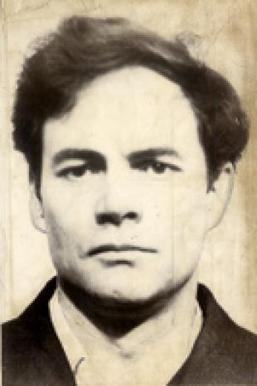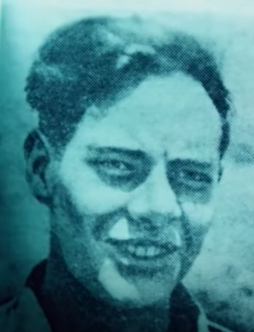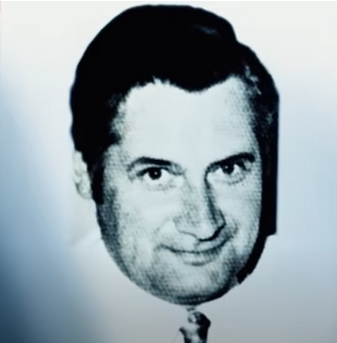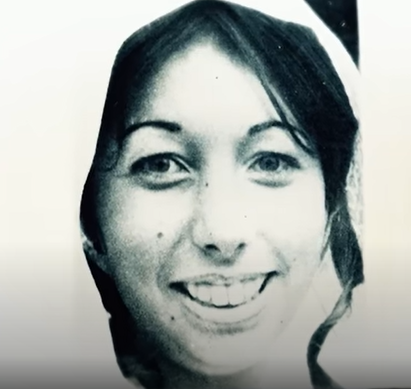
1936 - 2011
Donald Neilson
Summary
Name:
Donald NeilsonNickname:
The Black PantherYears Active:
1971 - 1975Birth:
August 01, 1936Status:
DeceasedClass:
Serial KillerVictims:
4Method:
ShootingDeath:
December 18, 2011Nationality:
England
1936 - 2011
Donald Neilson
Summary: Serial Killer
Name:
Donald NeilsonNickname:
The Black PantherStatus:
DeceasedVictims:
4Method:
ShootingNationality:
EnglandBirth:
August 01, 1936Death:
December 18, 2011Years Active:
1971 - 1975Date Convicted:
July 1, 1976bio
Donald Neilson was born Donald Nappey on August 1, 1936, in Bradford, West Yorkshire, England. He had a troubled childhood which became even more difficult when his mother died of breast cancer in January 1947 when he was just ten years old. After her death, Neilson's childhood was marked by unhappiness. His early life took a turn into delinquency when he was caught shopbreaking in 1948. Due to his young age, he received only a police caution, which is a type of stern warning.
In April 1955, at the age of 18, Neilson married 20-year-old Irene Tate. They had a daughter named Kathryn in 1960. Four years after Kathryn's birth, Neilson decided to change his family's last name from Nappey to Neilson. He made this change to protect his daughter from potential bullying and teasing due to the similarity of his former surname to the word "nappy."
There are different stories about why he chose the name "Neilson." According to some accounts, he bought a taxi business from a man with the last name Neilson and decided to use that name. Another theory is that a lodger who lived with them suggested the name after Neilson and his wife frequently bought ice-cream from an ice-cream van called "Lord Neilson."

Neilson joined the King’s Own Yorkshire Light Infantry and served in locations such as Kenya, Aden, and Cyprus. After some time in the army, his wife convinced him to leave military service. Neilson struggled to maintain steady work and eventually turned to crime.
During his early criminal years, he committed a large number of house burglaries. However, those did not yield significant financial gain. This led him to rob small post offices, where he became more violent over time. His frustrations and resentment grew, making him increasingly ruthless in his actions.
murder story
In 1971, Donald Neilson began a series of violent robberies across England, primarily targeting sub-post offices. During these crimes, he became increasingly aggressive towards anyone who tried to stop him. By 1974, Neilson had murdered three men during his attempted heists. He shot and killed Donald Skepper in February, Derek Astin in September, and Sidney Grayland in November. Each murder was characterized by a brutal struggle as the victims tried to defend themselves against Neilson.

The most infamous crime committed by Neilson was the kidnapping of 17-year-old Lesley Whittle in January 1975. He entered her home while she was in her bedroom and took her hostage. Neilson demanded a ransom of £50,000 and instructed her family to wait for a phone call for further instructions. Unfortunately, a series of police miscommunications and public announcements about the kidnapping hindered the ransom delivery, and Neilson did not receive the money.
After the failed ransom attempt, Neilson's anger escalated. He had Lesley tied up in a drainage shaft in Bathpool Park, where she suffered without sufficient food for several days. Tragically, on March 7, 1975, her body was discovered, hanging from a wire in the drainage shaft. The official cause of death was determined to be vagal inhibition, which was not due to strangulation but rather a shock caused by a sudden fall.

Neilson was not apprehended until later that year, in December, when police officers noticed him acting suspiciously outside a post office. During a confrontation, he brandished a sawn-off shotgun and forced the officers into their patrol car. Despite his violent attempts to escape, local citizens helped to subdue him. A fingerprint found at the scene matched one from the drainage shaft where Lesley was found, leading to the confirmation of his identity as the “Black Panther.”
At his trial in July 1976, Neilson was convicted of the murders of Lesley Whittle and the three sub-postmasters. He was sentenced to multiple life terms. Although he claimed his actions were accidental, the jury found him guilty of deliberate violence. Neilson continued to serve his sentence until his death in December 2011.